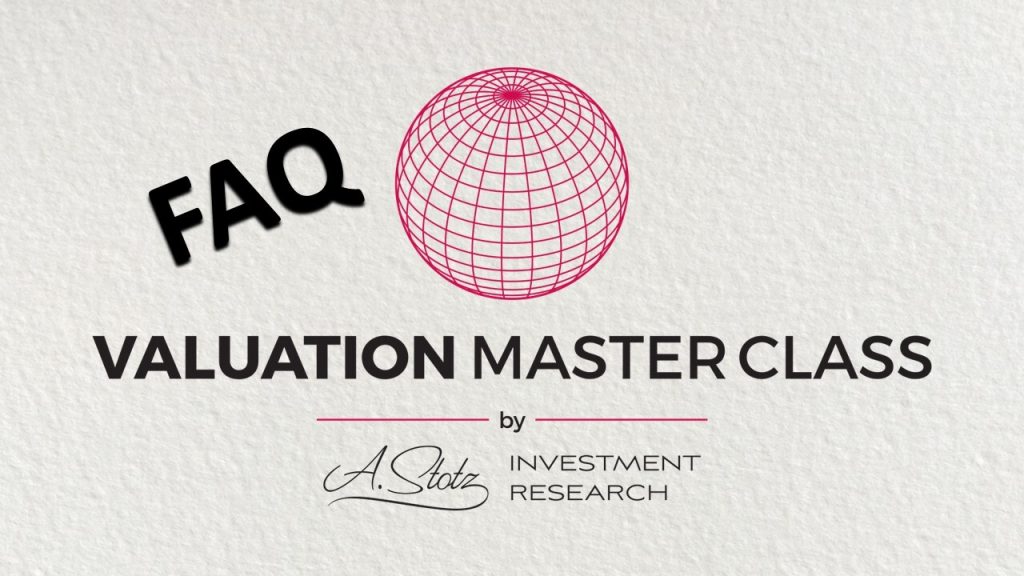Total asset growth, net fixed asset growth and CAPEX-to-depreciation

The ValueModel checks whether your total asset growth, net fixed asset growth, and CAPEX-to-depreciation forecast deviates substantially from the past.
Generelly speaking, it is unrealistic that assets will grow faster than the companies revenues (there are some exceptions i.e. for firms that are in the process of huge projects during an economic downturn). The relationship between CAPEX and depreciation and amortization can tell you how much the firm actually invests in sustaining their business and how much they invest in their growth. While net fixed asset growth in most cases is substantially influenced by CAPEX, there are some exceptions. Net fixed asset growth should roughly match revenue growth and shouldn’t be below 3%. Even for a revenue growth of 0%, one would need to have a good justification for growing net fixed assets below the threshold of 3%. CAPEX should be around 150% of the amount of depreciation. CAPEX usually consists of maintenance CAPEX and growth CAPEX. Maintenance CAPEX should be roughly the same amount as depreciation – while machinery depreciates over time, the firm will replace such machinery with new items to maintain its business. However, if the company wants to grow, as they usually do, they need to invest a substantial amount additionally in the maintenance CAPEX. This is called growth CAPEX and that is the reason why CAPEX must be higher than depreciation.
Related “Common valuation mistakes” articles
Fixed asset growth is negative or close to zero
As a rule of thumb: Fixed asset growth should roughly match revenue growth. If you don’t expect a revenue growth of 0%, fixed asset growth should not be zero as well. In all other cases we would recommend that you not grow fixed assets below 3%. An easy way to check your assumptions is to have a look at the asset turnover ratio in the forecast sheet under “Forecast variables: Assets” – “Revenue per >currency< of assets”.
Forecasting capital expenditures
There are two types of capital expenditure (CAPEX). One of them is the maintenance CAPEX which is an investment that is required to keep the business running at its status quo. Among other things, this includes new computers to replace old technology, therefore it will not grow the business or attract new customers. As a rough estimate of the maintenance CAPEX, you could use depreciation and amortization. To fund different projects, increase the capacity of the business or attract new customers, the company has to invest in its growth CAPEX. Forecasting capital expenditures of a company can be challenging. There is no rule of thumb to be used in every scenario, however, we collected a few rules to guide you:
1. If the company has only a small amount of depreciation, it can indicate that it is operating old assets. In this case, it would be reasonable to forecast higher CAPEX, which includes the renewal of assets.
2. Depreciation can never be higher than CAPEX in perpetuity.
3. Some analysts use a CAPEX of zero because they do not have specific information. This is incorrect since a CAPEX of zero highly overvalues the company as the free cash flows will be higher than they should be (as CAPEX is not subtracted from NOPAT).
Relationships between items
Many analysts are unsure about the relationship between certain items that they are forecasting.
Depreciation and Capex: As a rough estimate, CAPEX should be around 150% of the amount of depreciation. CAPEX usually consists of maintenance CAPEX, which is the investment amount needed to maintain the current fixed assets to generate revenue, and the growth CAPEX. The maintenance CAPEX should be roughly the same amount as depreciation – while machinery depreciates over time, the firm will replace such machinery with new items to maintain its business. However, if the company wants to grow, as they usually do, they need to invest a substantial amount additionally in the maintenance CAPEX. This is called growth CAPEX and that is the reason why CAPEX must be higher than depreciation.
